Home>Gardening & Outdoor>Garden Tools & Equipment>How To Start A Gas Leaf Blower
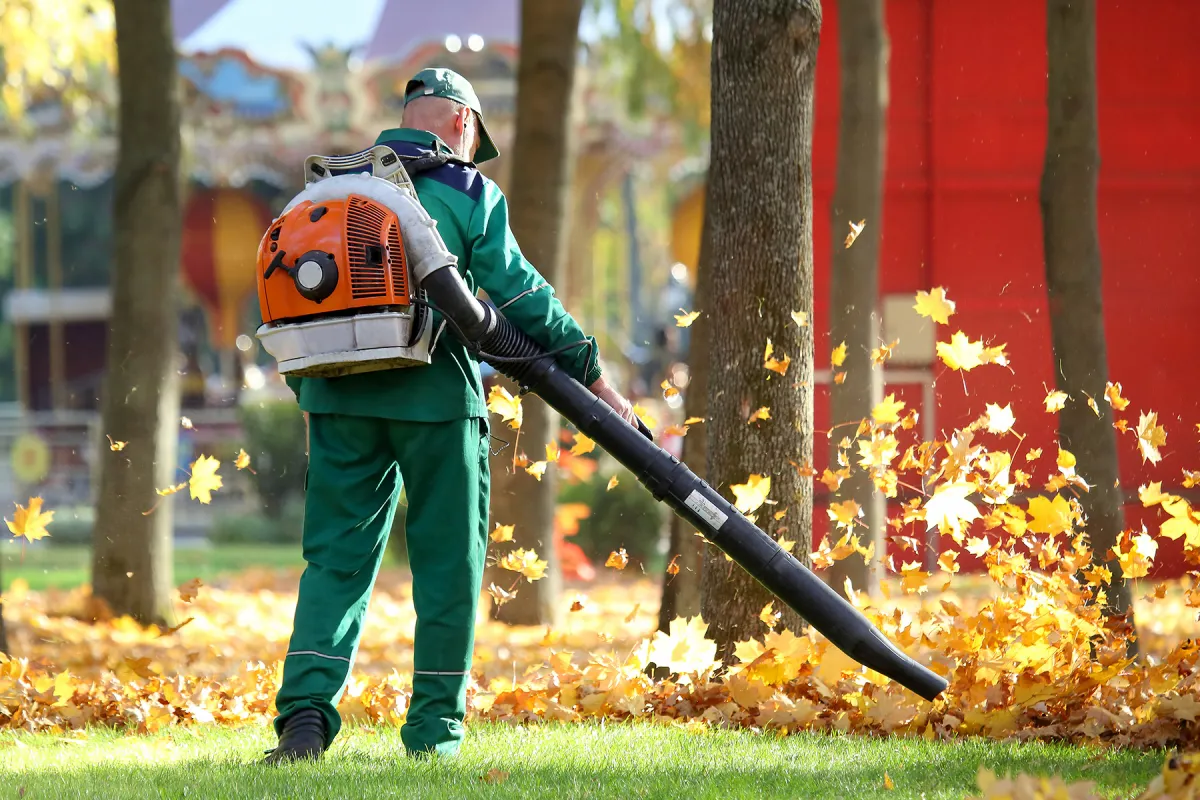

Garden Tools & Equipment
How To Start A Gas Leaf Blower
Modified: January 14, 2024
Learn how to start a gas leaf blower with our expert guide on garden tools and equipment. Get tips and tricks for easy and efficient leaf blowing.
(Many of the links in this article redirect to a specific reviewed product. Your purchase of these products through affiliate links helps to generate commission for Storables.com, at no extra cost. Learn more)
Introduction
So, you've decided to take the plunge and invest in a gas leaf blower. Congratulations! This powerful tool is a game-changer when it comes to efficiently clearing leaves and debris from your yard, driveway, or garden. Whether you're a seasoned outdoor enthusiast or a novice looking to streamline your yard work, a gas leaf blower is a valuable addition to your arsenal of garden tools.
In this comprehensive guide, we'll walk you through the essential steps to kick-start your gas leaf blower journey. From assembling and fueling your new equipment to mastering the art of safe operation, we've got you covered. Before you know it, you'll be wielding your gas leaf blower like a seasoned pro, effortlessly conquering those unruly leaf piles and maintaining a pristine outdoor space.
But before we dive into the nitty-gritty of gas leaf blower operation, let's take a moment to emphasize the importance of safety. Just like any power tool, a gas leaf blower demands respect and caution. We'll start by outlining crucial safety precautions to ensure that your leaf-blowing endeavors are not only effective but also injury-free. So, buckle up and get ready to embark on an exciting journey into the world of gas leaf blowers!
Key Takeaways:
- Stay safe and prepared: Before starting your gas leaf blower, prioritize safety with protective gear, clear surroundings, and well-ventilated areas. Follow assembly and fueling guidelines for efficient and safe operation.
- Master the art of leaf clearing: Operate your gas leaf blower with stability, directional control, and considerate operation. Regular maintenance and proper storage ensure longevity and peak performance for a pristine outdoor space.
Read more: How To Start Leaf Blower
Safety Precautions
Before you rev up your gas leaf blower and unleash its mighty gusts of air, it’s paramount to prioritize safety. By adhering to essential safety measures, you can safeguard yourself and those around you while maximizing the efficiency of your leaf-clearing efforts.
Here are some crucial safety precautions to keep in mind:
- Protective Gear: Prior to operating your gas leaf blower, don the appropriate protective gear. This typically includes safety goggles to shield your eyes from flying debris, ear protection to mitigate the roar of the blower’s engine, and a dust mask to prevent inhalation of airborne particles.
- Footwear: Opt for sturdy, closed-toe shoes with a firm grip to maintain stability while maneuvering the blower.
- Clear the Area: Before starting the blower, ensure that the work area is free of obstacles, debris, and potential hazards. This minimizes the risk of tripping or stumbling during operation.
- Watch Your Surroundings: Be mindful of your surroundings, especially when operating the blower near gravel, rocks, or loose objects. The powerful airflow can propel these items, posing a risk to yourself and others.
- Avoid Loose Clothing: Refrain from wearing loose clothing or accessories that could inadvertently come into contact with the blower’s intake or exhaust, posing a safety hazard.
- Operate in Well-Ventilated Areas: When using a gas-powered leaf blower, ensure that you work in well-ventilated outdoor spaces to minimize the inhalation of exhaust fumes.
- Be Mindful of Noise Levels: Gas leaf blowers can produce significant noise levels, so be considerate of your neighbors and avoid operating the blower during early morning or late evening hours.
- Read the Manual: Familiarize yourself with the user manual and follow the manufacturer’s guidelines for safe operation, maintenance, and storage of the gas leaf blower.
By adhering to these safety precautions, you can create a secure environment for operating your gas leaf blower, paving the way for efficient and accident-free leaf-clearing sessions.
Assembling the Gas Leaf Blower
Now that safety measures are at the forefront of your leaf-blowing venture, it’s time to delve into the assembly process of your gas-powered companion. Most gas leaf blowers come partially disassembled for shipping and storage purposes, so assembling the various components is the first step towards unleashing its powerful performance.
Here’s a step-by-step guide to help you assemble your gas leaf blower with ease:
- Unpack the Components: Carefully unpack the contents of the box, ensuring that all components, including the blower tube, nozzle, and handle, are accounted for.
- Attach the Blower Tube: Depending on the model, you may need to connect the blower tube to the blower unit. This typically involves aligning the locking mechanism and securing the tube in place. Refer to the user manual for specific instructions.
- Secure the Nozzle: Attach the nozzle to the end of the blower tube, ensuring a snug fit to prevent air leakage during operation.
- Handle Assembly: If the handle is detachable, affix it to the designated mounting point on the blower unit, ensuring a firm and secure attachment.
- Inspect and Tighten: Once the components are assembled, inspect each connection point to ensure a secure fit. Tighten any fasteners or locking mechanisms as needed to prevent loosening during operation.
It’s crucial to consult the user manual provided by the manufacturer for detailed assembly instructions tailored to your specific gas leaf blower model. By meticulously following the assembly guidelines, you can ensure that your gas leaf blower is ready to tackle the task at hand with optimal efficiency and performance.
Fueling the Gas Leaf Blower
With the assembly of your gas leaf blower complete, the next vital step is fueling up your trusty outdoor companion. Before embarking on this process, it’s imperative to select the appropriate fuel and familiarize yourself with the blower’s fueling mechanism to ensure seamless operation.
Here’s a comprehensive guide to fueling your gas leaf blower:
- Choose the Right Fuel: Most gas leaf blowers are designed to run on a mixture of unleaded gasoline and 2-cycle engine oil. It’s crucial to consult the user manual to determine the precise fuel-to-oil ratio recommended by the manufacturer.
- Prepare the Mixture: In a clean, approved container, carefully mix the appropriate ratio of unleaded gasoline and 2-cycle engine oil. Thoroughly blend the mixture to ensure uniform consistency.
- Locate the Fuel Cap: Identify the fuel cap on the gas leaf blower, typically located near the rear or top of the unit. Remove the cap to access the fuel tank.
- Pour the Fuel: Slowly pour the pre-mixed fuel into the fuel tank, taking care to avoid spillage. Use a funnel if necessary to minimize the risk of splashing or overfilling.
- Secure the Fuel Cap: Once the tank is filled, securely replace the fuel cap and ensure it is tightly sealed to prevent any leaks during operation.
- Wipe Clean: If any fuel spills occur during the fueling process, promptly wipe the exterior of the gas leaf blower to remove any excess fuel and prevent potential fire hazards.
It’s essential to exercise caution and precision when handling fuel to minimize the risk of spills and accidents. By adhering to the manufacturer’s fueling guidelines and maintaining a clean and organized fueling process, you can ensure that your gas leaf blower is primed and ready to unleash its formidable blowing prowess.
Before starting a gas leaf blower, make sure to check the fuel level, prime the engine, set the choke, and pull the starter cord firmly. Always follow the manufacturer’s instructions for your specific model.
Starting the Gas Leaf Blower
With your gas leaf blower assembled and fueled, you’re now poised to kick-start its mighty engine and harness its gusty airflow to conquer the leaf-laden terrain. Before revving up the blower, familiarize yourself with the starting procedure and prime the engine for optimal performance.
Here’s a step-by-step guide to starting your gas leaf blower:
- Priming the Engine: Before attempting to start the blower, engage the primer bulb as per the manufacturer’s instructions. This primes the engine, ensuring a fuel-rich mixture for effortless ignition.
- Positioning the Blower: Place the gas leaf blower on a flat, stable surface, ensuring that the blower tube is clear of any obstructions or debris.
- Activating the Choke: If your gas leaf blower is equipped with a choke lever, adjust it to the appropriate position as indicated in the user manual, typically for cold starts or initial engine priming.
- Starting Procedure: Firmly grasp the blower’s handle and brace your foot against the base for stability. Depress the throttle trigger lock (if equipped) and pull the starter cord in a smooth, controlled motion to initiate the engine’s ignition sequence.
- Adjusting the Throttle: Once the engine ignites, gradually adjust the throttle to your desired operating speed, allowing the engine to warm up before unleashing full power.
- Monitoring the Engine: Observe the engine’s behavior and listen for smooth, consistent operation. If the engine falters or stalls, consult the user manual for troubleshooting tips and potential adjustments.
By following these starting procedures and heeding the manufacturer’s guidelines, you can confidently initiate your gas leaf blower’s engine and prepare to harness its formidable blowing capabilities. With the engine purring to life, you’re now ready to embark on a leaf-clearing adventure, armed with the unrivaled power of your gas leaf blower.
Read more: How To Start A Stihl Leaf Blower
Operating the Gas Leaf Blower
As the engine of your gas leaf blower roars to life, it’s time to wield this powerful tool with finesse and precision. Mastering the art of operating a gas leaf blower involves not only effectively directing its airflow but also prioritizing safety, efficiency, and consideration for your surroundings.
Here’s a comprehensive guide to operating your gas leaf blower like a seasoned pro:
- Posture and Stability: Maintain a stable stance with your feet firmly planted to anchor your position. Hold the blower with both hands, ensuring a comfortable yet secure grip on the handle and trigger.
- Directional Control: Direct the airflow in a methodical sweeping motion, starting from the edges of the target area and working your way inward. This technique prevents debris from scattering and facilitates efficient leaf displacement.
- Adjusting Airflow: Many gas leaf blowers feature adjustable airflow settings to accommodate various tasks. Modify the airflow intensity as needed, especially when working around delicate plants or loose soil.
- Considerate Operation: Be mindful of neighboring properties and passersby, aiming to minimize the impact of airborne debris and noise. Avoid directing the airflow towards people, vehicles, or open windows to maintain a considerate and neighborly approach.
- Intermittent Operation: If tackling a prolonged leaf-clearing session, consider intermittent operation to allow the blower’s engine to cool periodically. This practice can prolong the blower’s lifespan and prevent overheating.
- Monitoring Fuel Levels: Keep an eye on the fuel level during operation, refueling as necessary to maintain uninterrupted workflow. Avoid running the blower on low fuel to prevent potential engine damage.
- Wrap-Up and Inspection: Once the leaf-clearing task is complete, power down the blower and conduct a brief inspection to ensure that all components are in good condition and free of debris or damage.
By adhering to these operational guidelines and maintaining a mindful and considerate approach, you can harness the full potential of your gas leaf blower while fostering a safe and harmonious outdoor environment. With each sweeping motion, you’ll witness the transformative impact of your gas leaf blower, effortlessly restoring order to your outdoor space.
Maintenance and Storage Tips
Ensuring the longevity and peak performance of your gas leaf blower hinges on diligent maintenance practices and proper storage techniques. By incorporating these essential tips into your leaf blower care routine, you can uphold its efficiency and reliability for years to come.
Here’s a comprehensive guide to maintenance and storage tips for your gas leaf blower:
- Cleaning After Use: Following each use, carefully remove any accumulated debris, leaves, and dirt from the blower’s exterior and air intake vents. Use a soft brush or cloth to gently dislodge stubborn particles without causing damage to the blower’s components.
- Inspecting Air Filters: Regularly inspect the air filters for clogging or debris accumulation. Clean or replace the filters as recommended by the manufacturer to maintain optimal airflow and engine performance.
- Spark Plug Maintenance: Periodically check the spark plug for signs of wear or carbon buildup. Clean or replace the spark plug as needed to facilitate smooth engine ignition and operation.
- Fuel System Care: Before storing the blower for an extended period, consider draining the fuel tank and running the engine to consume any residual fuel. This helps prevent fuel degradation and potential carburetor issues.
- Inspecting Components: Routinely inspect the blower’s components, including the blower tube, nozzle, and handle, for signs of wear, damage, or loose fasteners. Tighten any loose components and address any issues promptly to maintain safe and efficient operation.
- Proper Storage: Store the gas leaf blower in a clean, dry environment, away from direct sunlight and moisture. Consider utilizing a protective cover or storage case to shield the blower from dust and debris accumulation.
- Winterization: If you reside in a region with harsh winters, follow the manufacturer’s winterization guidelines to prepare the blower for seasonal storage. This may include draining the fuel system and applying corrosion-resistant coatings to metal components.
- Professional Servicing: Schedule periodic professional servicing and maintenance checks to ensure that the blower’s engine, fuel system, and components are in optimal condition. A qualified technician can address any underlying issues and perform essential tune-ups.
By integrating these maintenance and storage practices into your gas leaf blower care regimen, you can uphold its performance, reliability, and longevity, ensuring that it remains a steadfast ally in your outdoor maintenance endeavors. With proper care and attention, your gas leaf blower will continue to deliver exceptional leaf-clearing prowess, season after season.
Conclusion
Congratulations on embarking on your gas leaf blower journey! Armed with the knowledge and insights gleaned from this comprehensive guide, you’re well-equipped to navigate the world of gas-powered leaf-clearing with confidence and proficiency. As you harness the formidable blowing power of your gas leaf blower, remember that safety, consideration for your surroundings, and diligent maintenance are the cornerstones of a rewarding and efficient leaf-clearing experience.
From the meticulous assembly and fueling process to the art of operating and maintaining your gas leaf blower, each step plays a pivotal role in shaping your outdoor maintenance routine. As you guide the blower’s airflow with finesse and precision, envision the transformative impact it brings to your outdoor space, effortlessly restoring order and pristine beauty.
By prioritizing safety precautions, adhering to operational guidelines, and incorporating diligent maintenance and storage practices, you’ll not only optimize the performance and longevity of your gas leaf blower but also foster a safe and harmonious outdoor environment for yourself and those around you.
So, as you rev up your gas leaf blower and embark on your leaf-clearing endeavors, embrace the power at your fingertips and revel in the seamless efficiency it brings to your outdoor maintenance routine. With each gust of air, you’re not just clearing leaves – you’re sculpting a tranquil and inviting outdoor sanctuary that reflects your dedication to a well-tended, picturesque landscape.
As you bid farewell to the last remnants of fallen leaves, take pride in the transformative impact of your gas leaf blower, and relish the satisfaction of a job well done. Your outdoor space awaits, ready to bask in the rejuvenating touch of your gas leaf blower’s unrivaled blowing prowess.
Frequently Asked Questions about How To Start A Gas Leaf Blower
Was this page helpful?
At Storables.com, we guarantee accurate and reliable information. Our content, validated by Expert Board Contributors, is crafted following stringent Editorial Policies. We're committed to providing you with well-researched, expert-backed insights for all your informational needs.
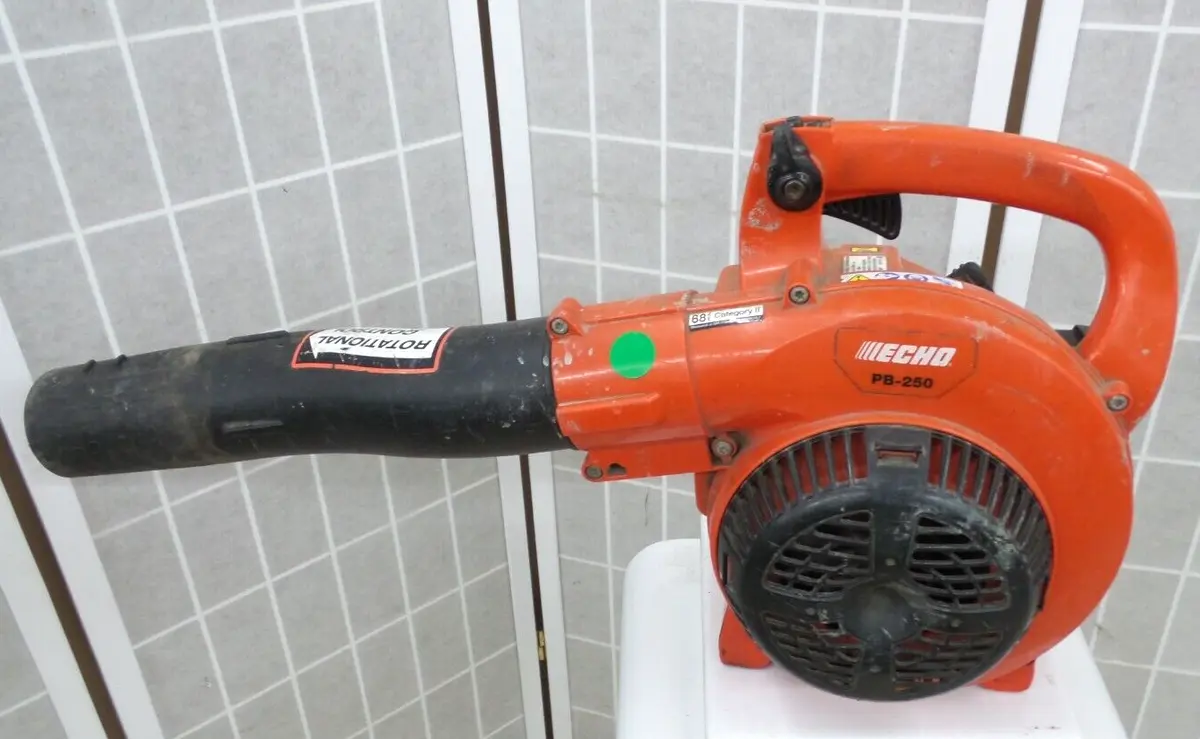
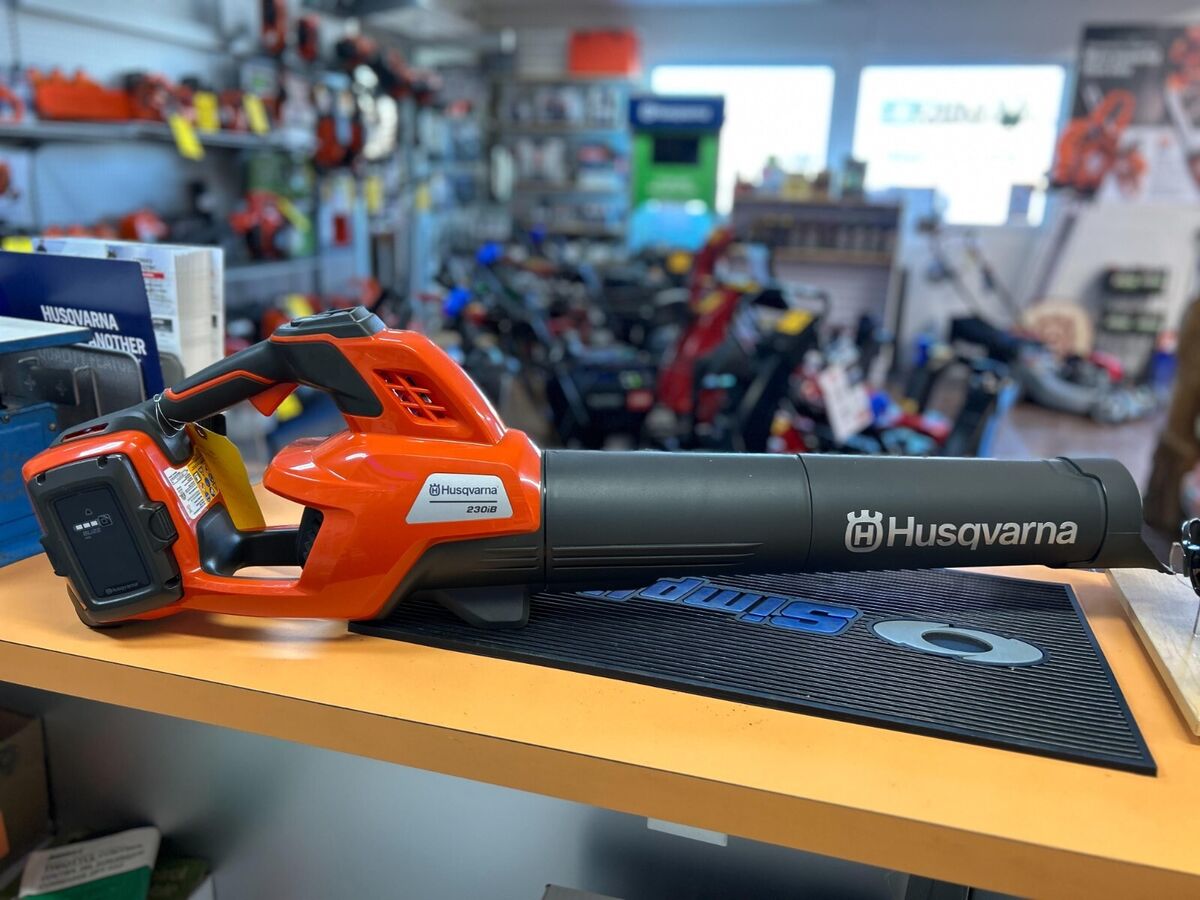
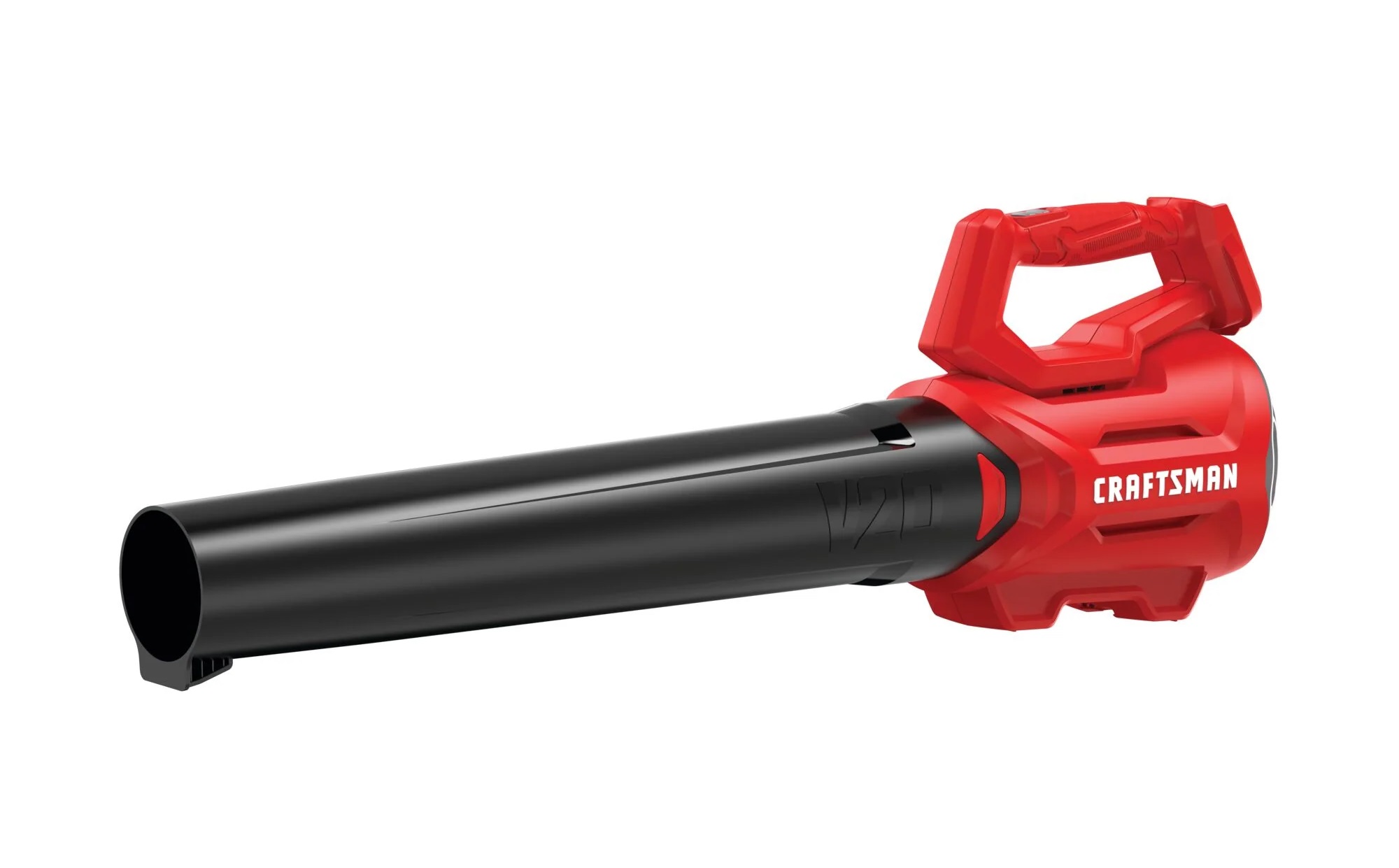
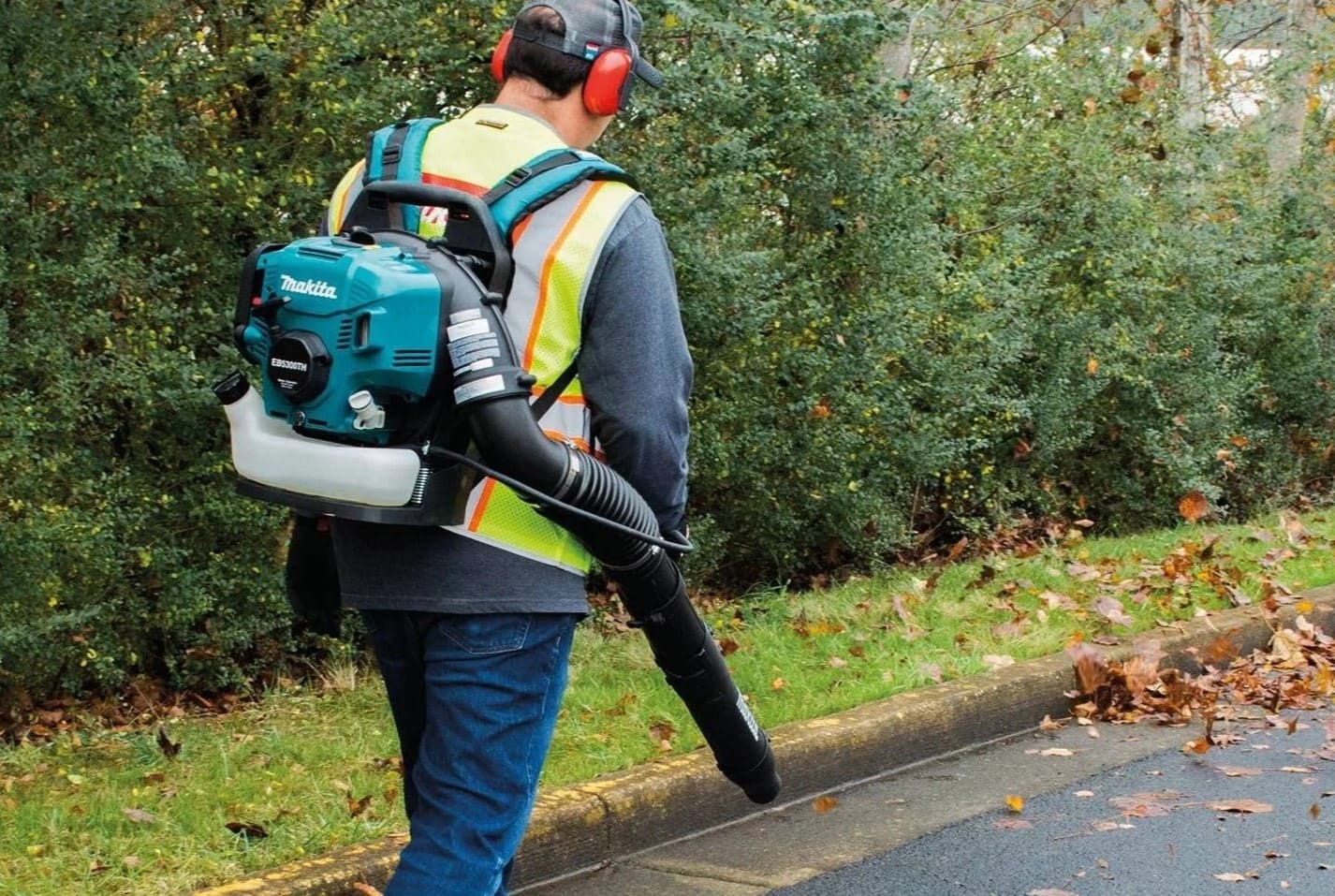
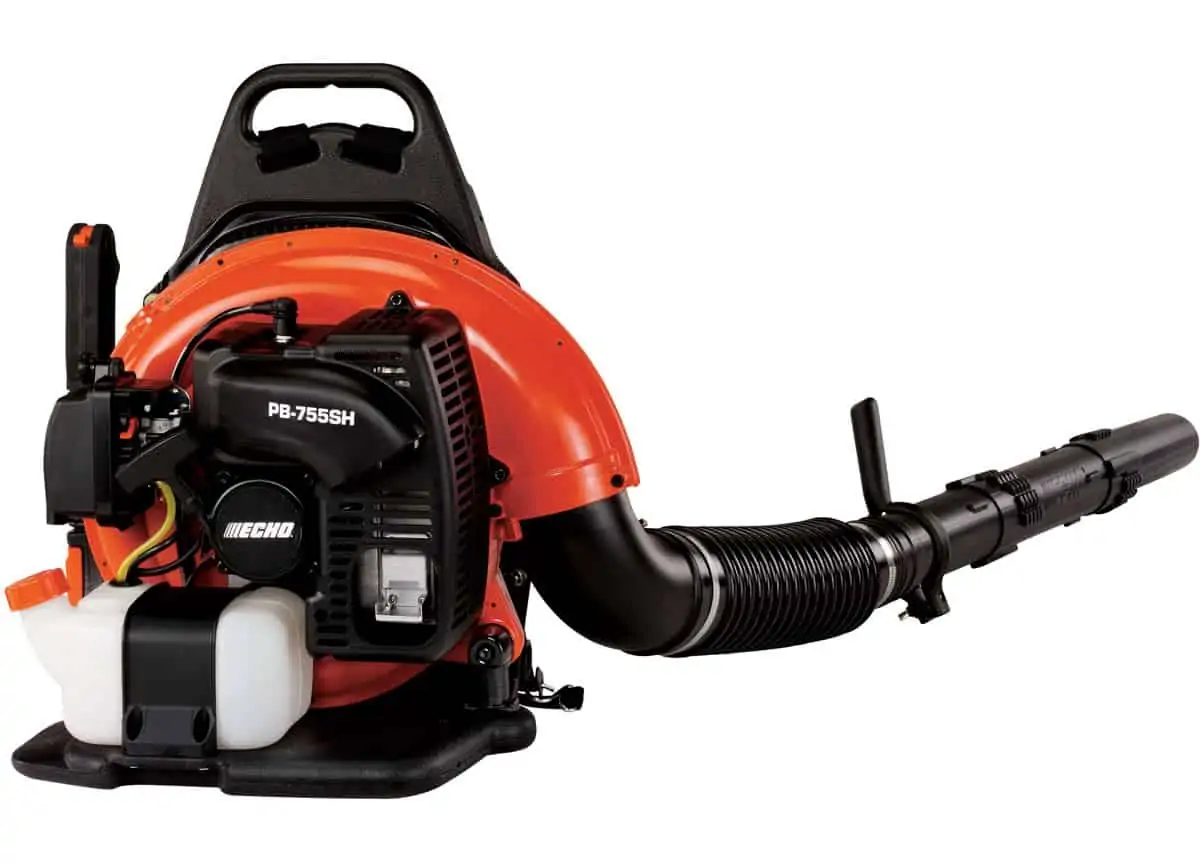
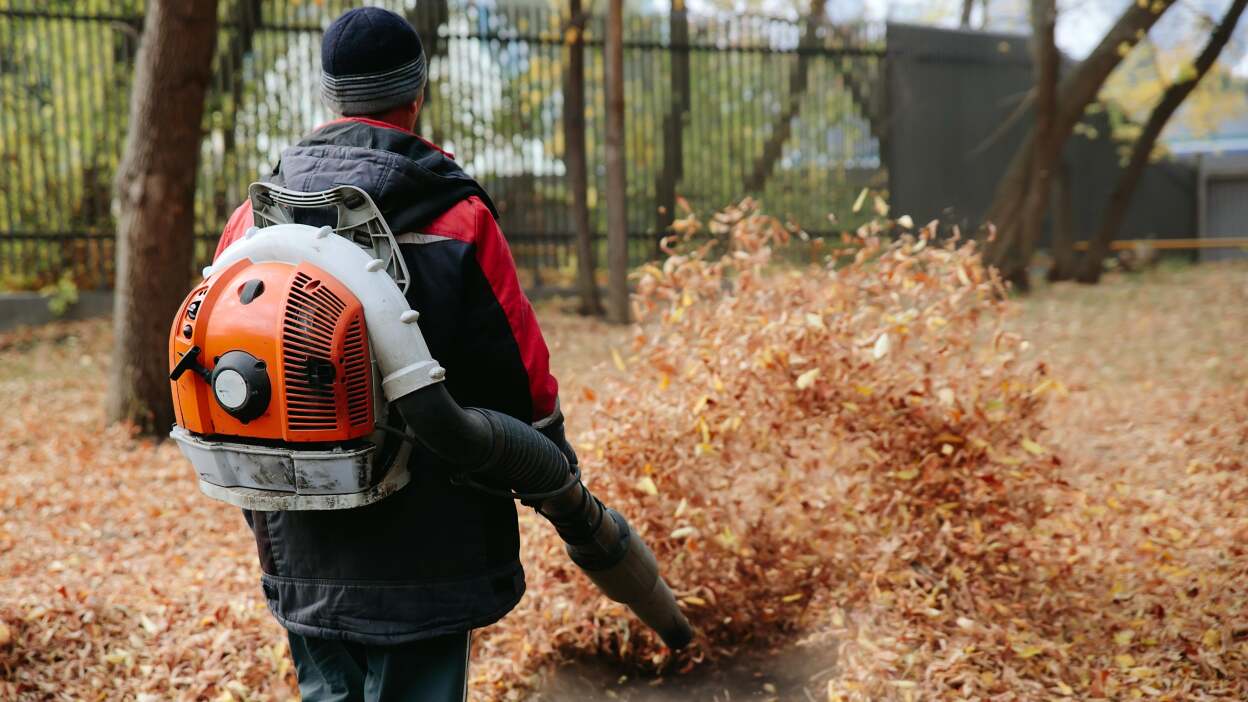
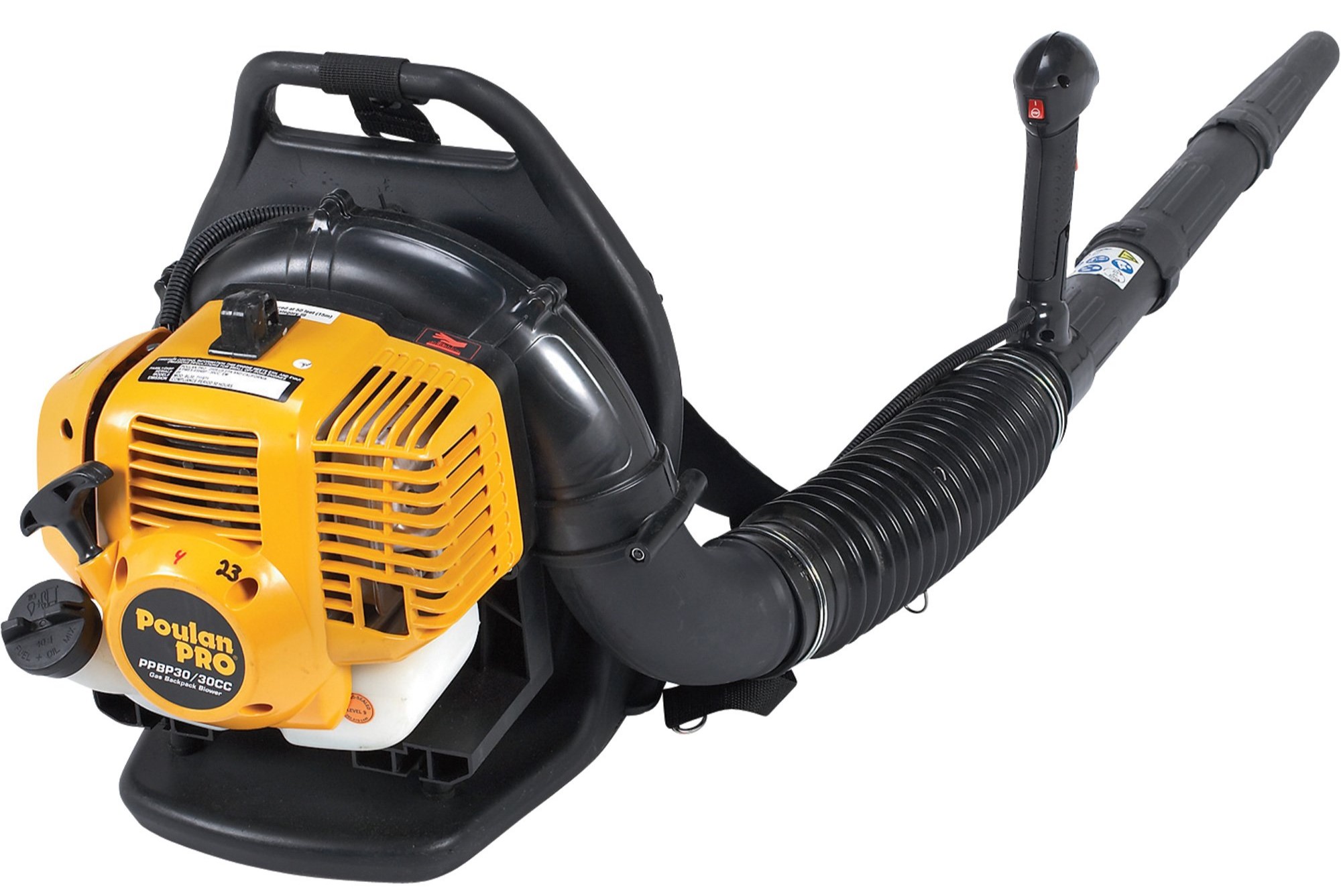
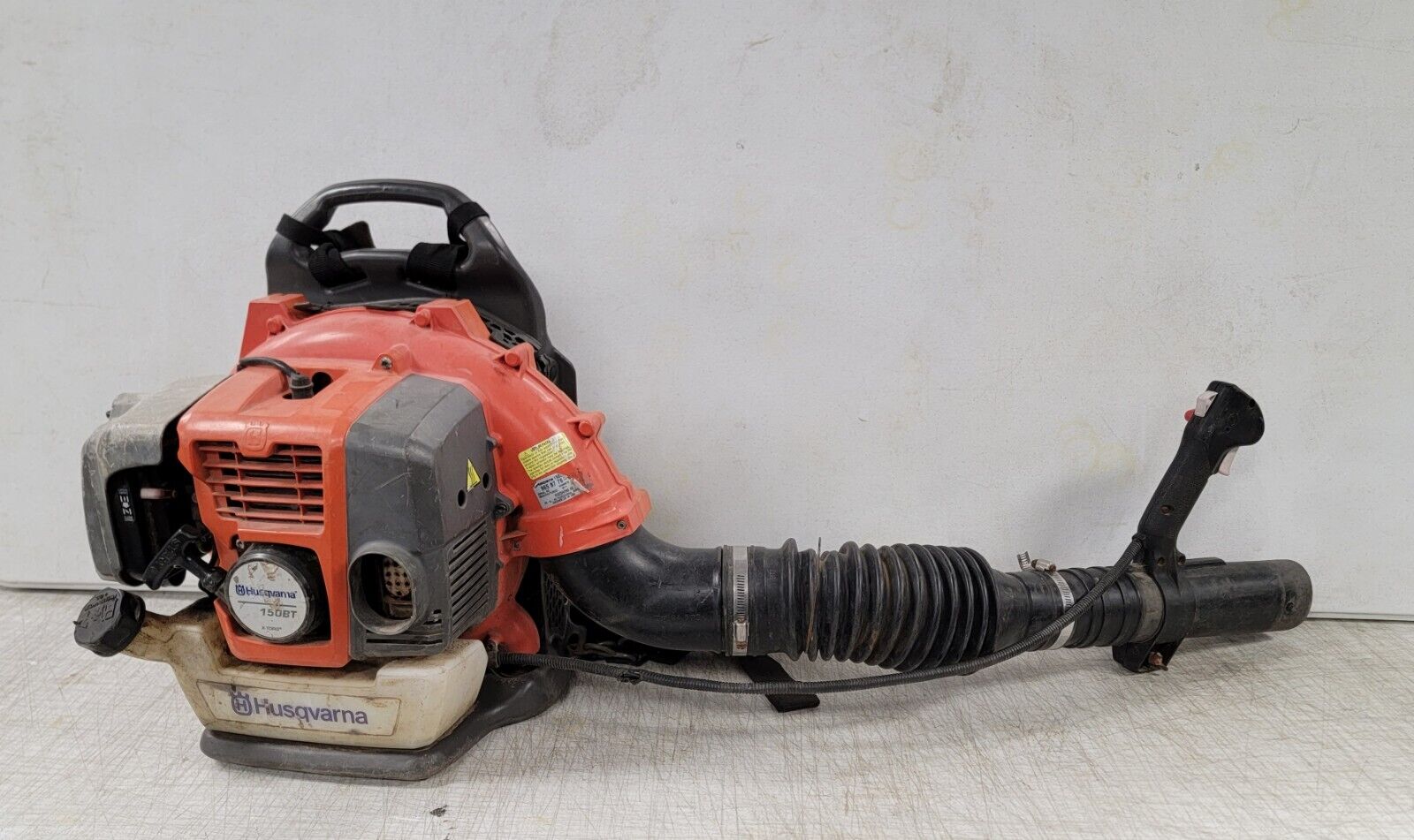
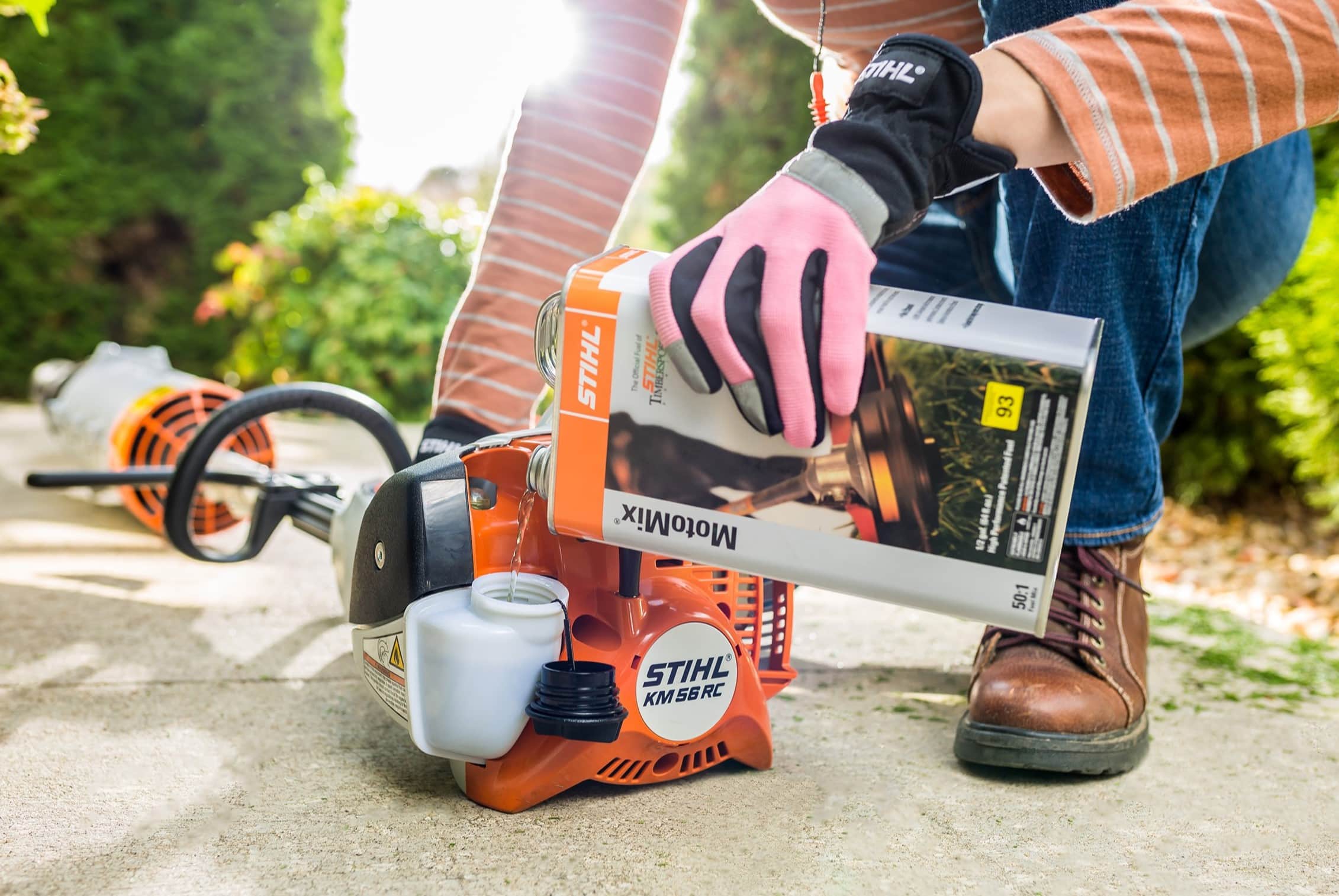
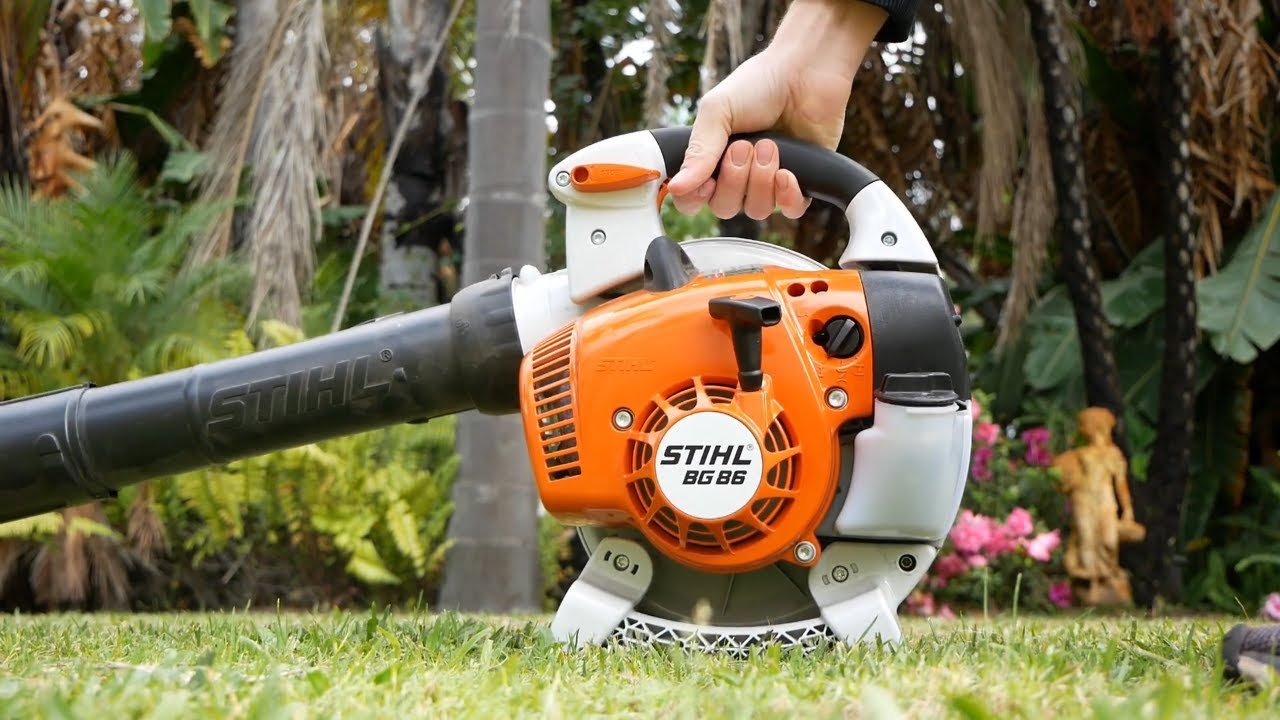
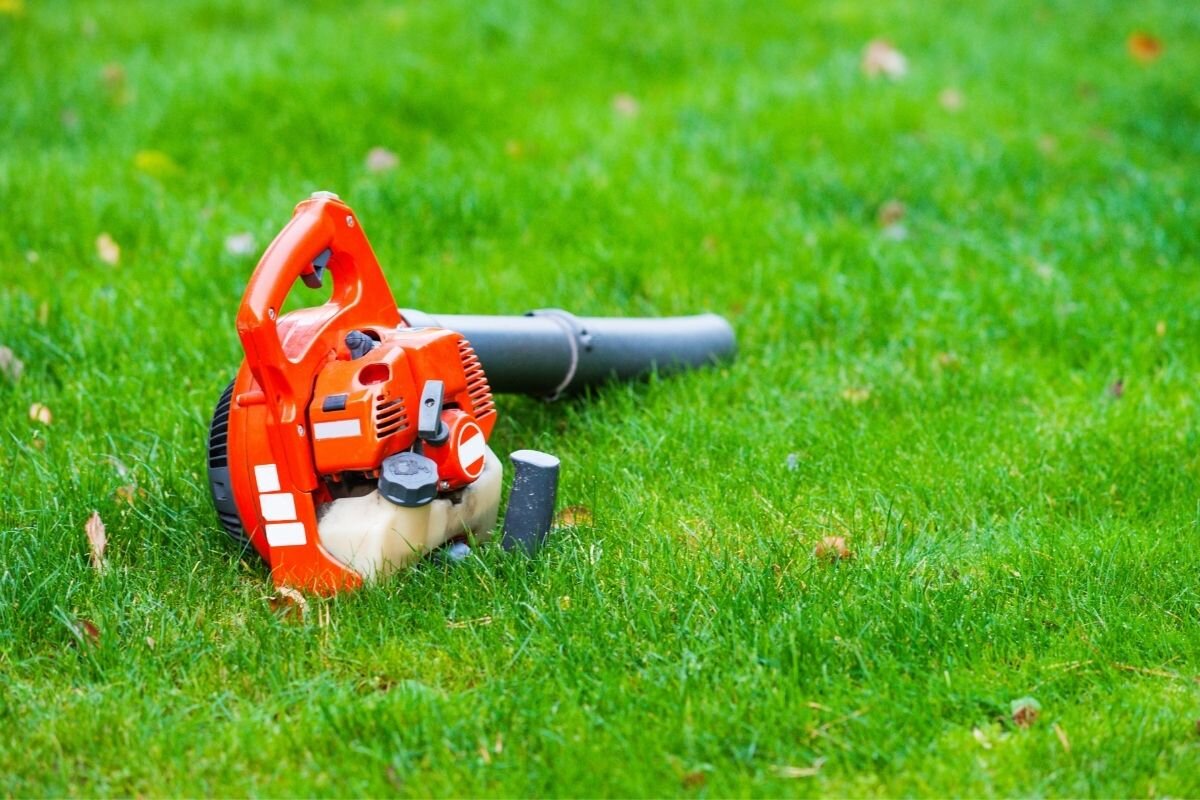
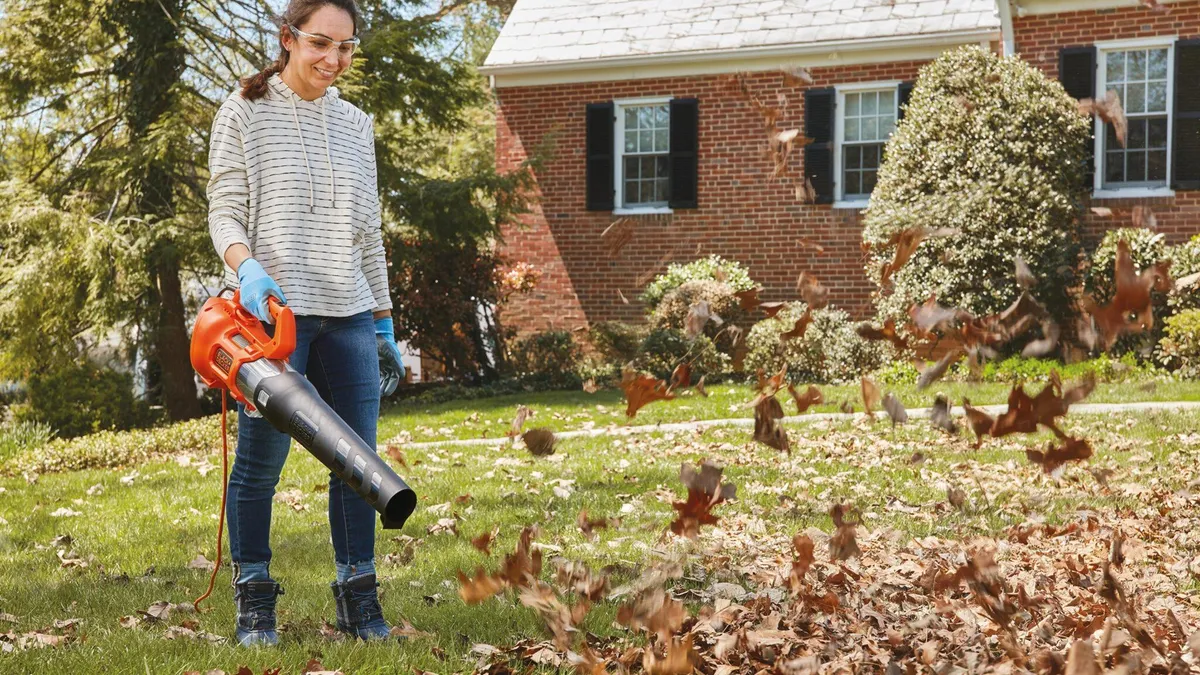
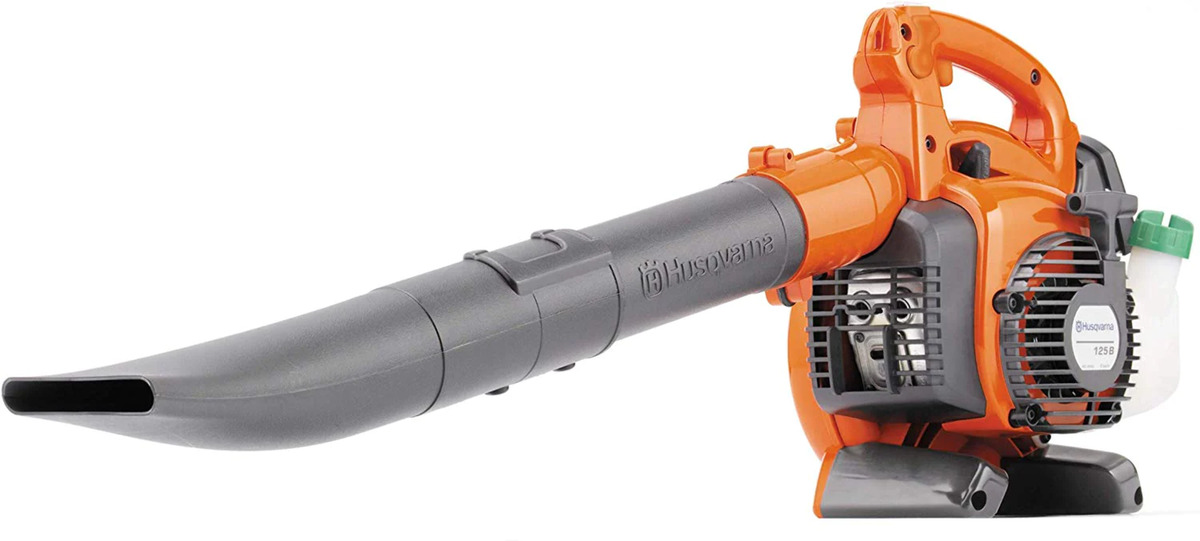
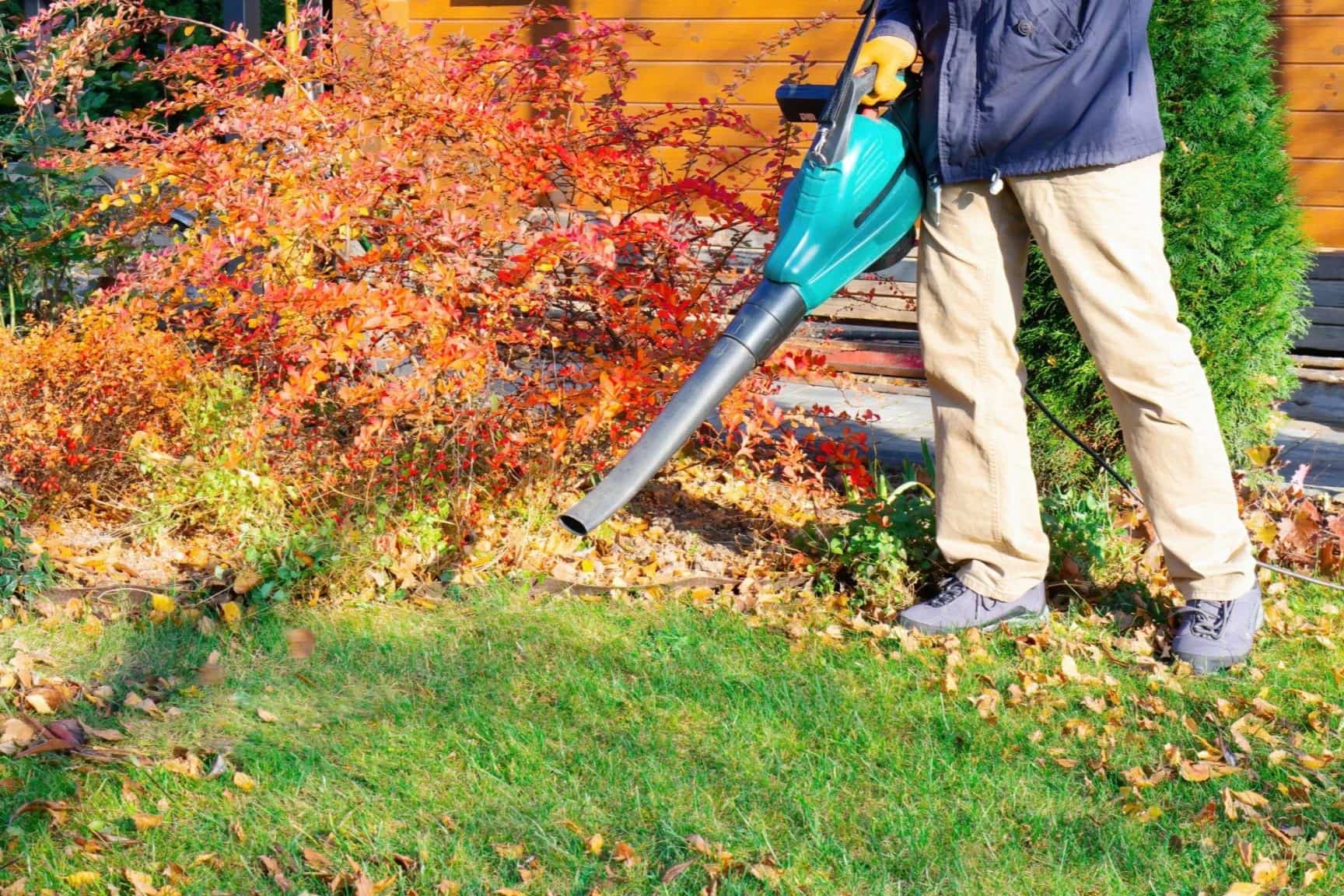

0 thoughts on “How To Start A Gas Leaf Blower”